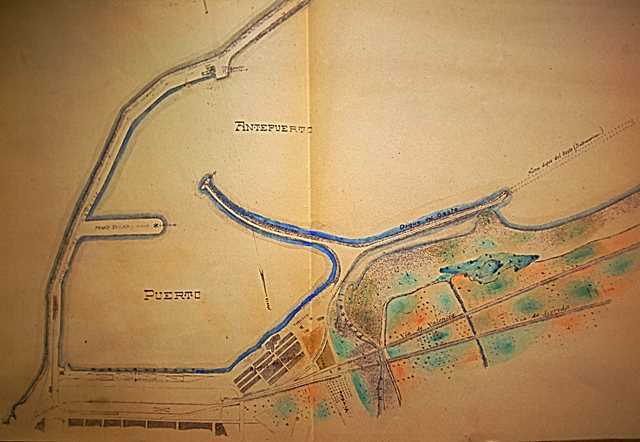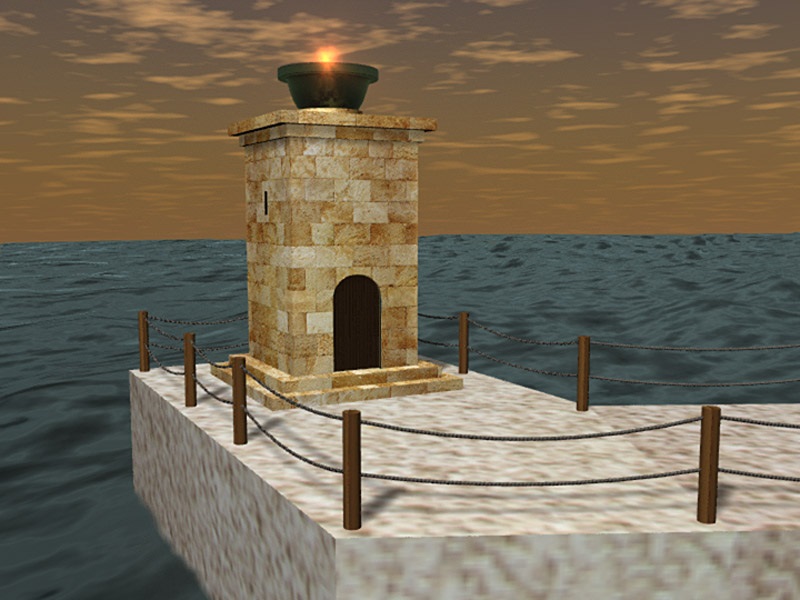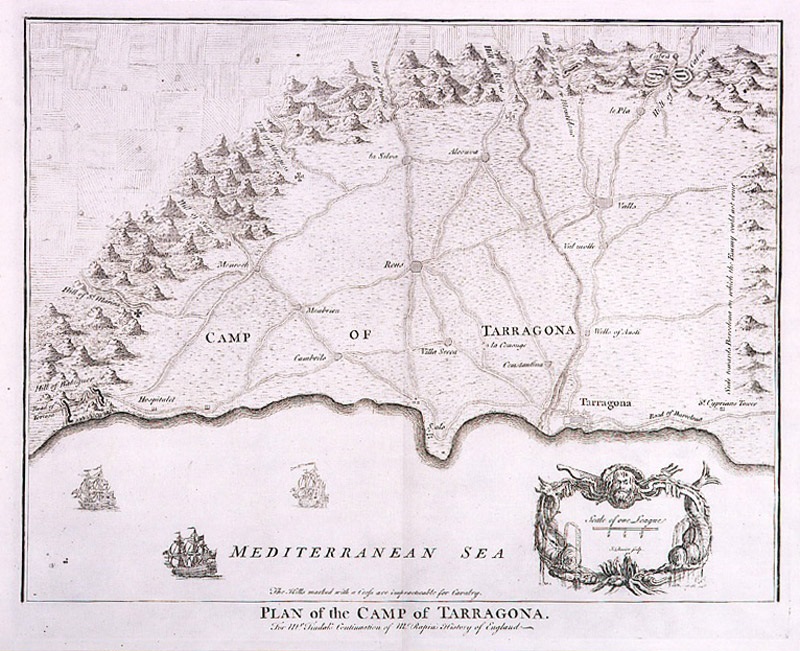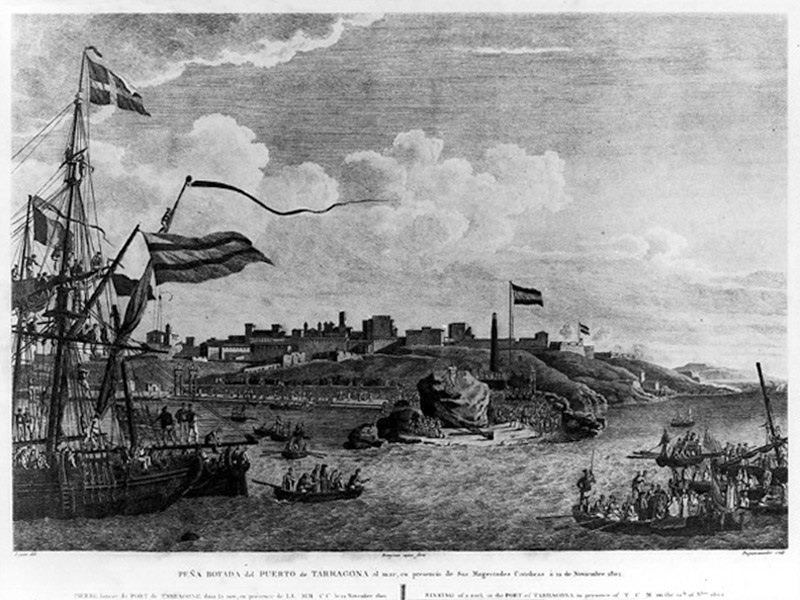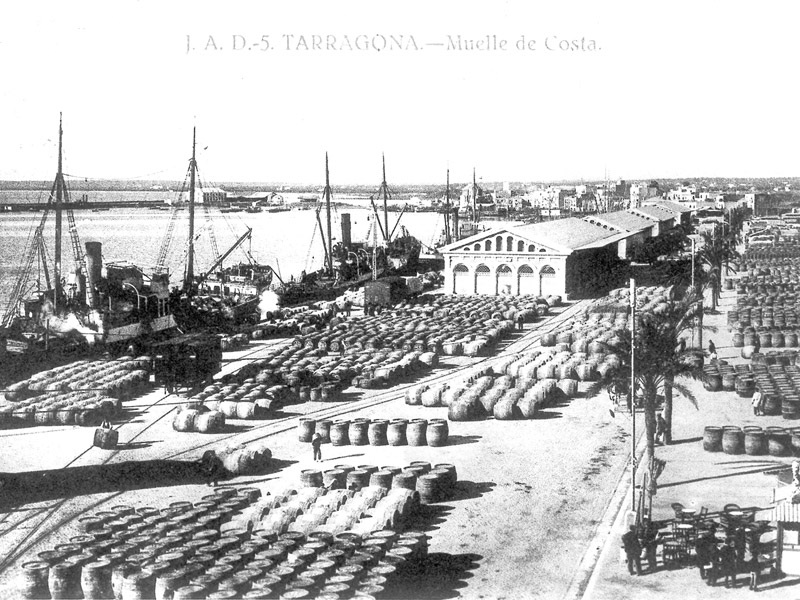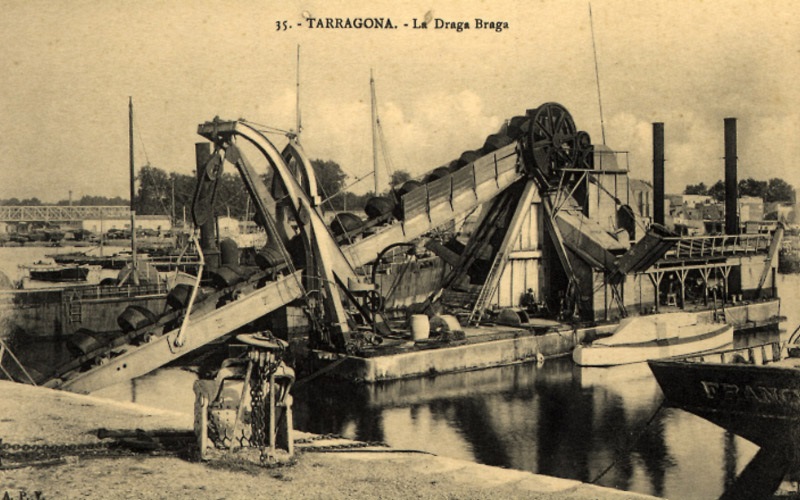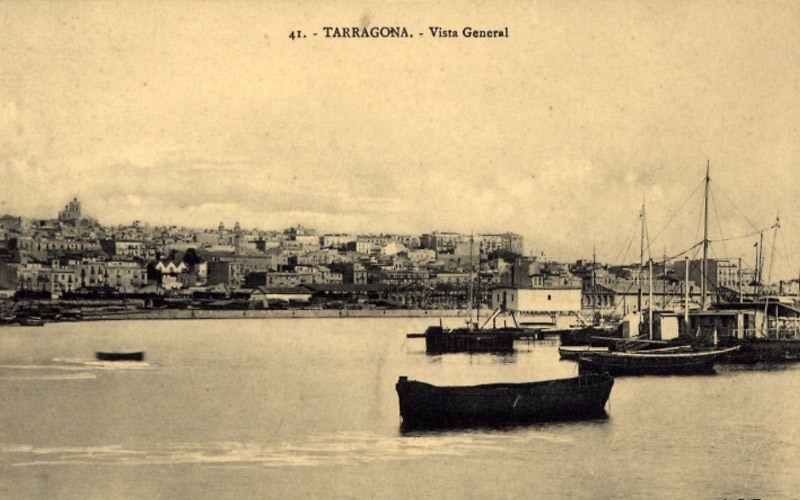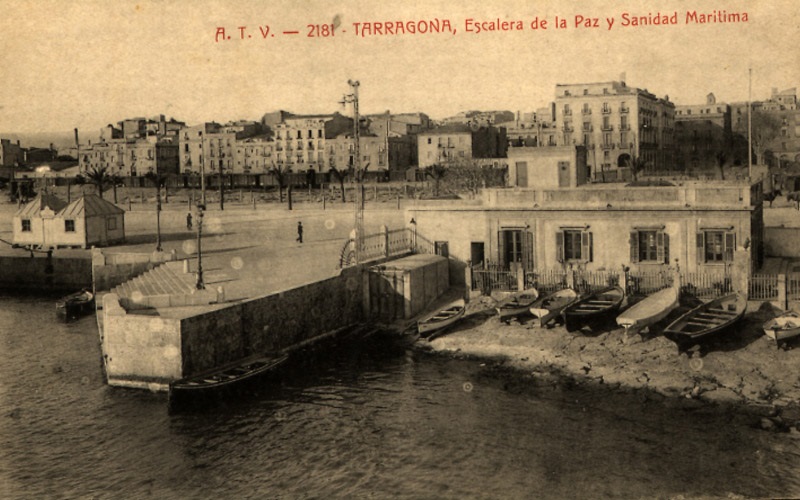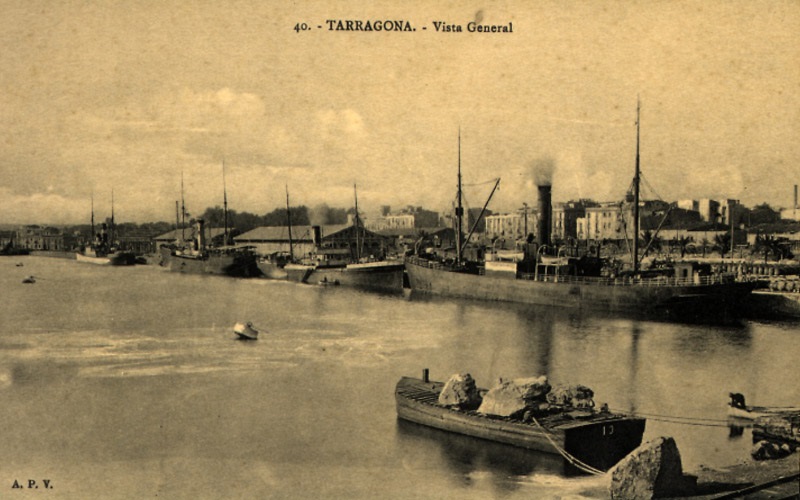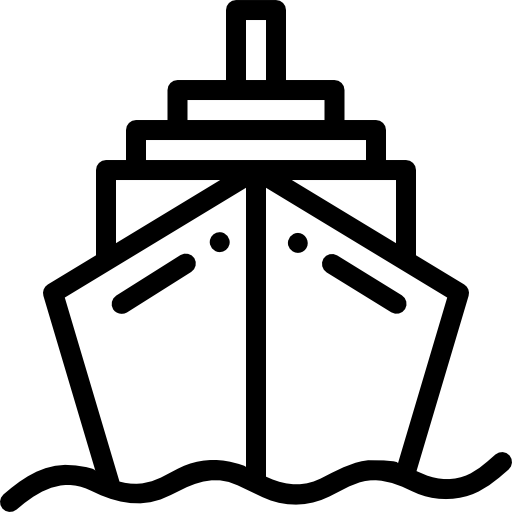History
Tarragona has been settled by a variety of peoples throughout history due to its excellent topographical and strategic location and the existence of a small beach near the mouth of the Francolí River, where low-tonnage ships could land and unload.
Greek seafarers were the first traders, while the Romans were possibly the first to build a port structure, although no vestiges of it remain. The most recent studies call into question the historical interpretation of this infrastructure and even whether it really existed, given the paucity of archaeological evidence discovered to date.
One hypothesis is that they built a jetty on pillars (opus pilarum) near the area now occupied by the Plaça dels Carros (the coastline at that time was different to that we know today). This structure would have complemented the favourable conditions offered by the bay and would have been used to load and unload goods.
However, the Romans almost certainly built storage structures and arranged areas where boats could be repaired, as well as other places where people with trades linked to the sea and sailing could set up shop. This is confirmed by the recent archaeological finds of port structures on the site where the Roman theatre would subsequently be built (in the lower part of the town). These could have been the warehouses needed for the activity of a trading port. They could also be further evidence of how what began as a military enclave eventually became a commercial port.
The Port was abandoned following the invasions of the Visigoths and Moors. It remained stagnant until its resettlement in the 12th century, when interest in providing a port in good condition was revived in order to benefit from potential trade.
In the 14th century, using the ruins of the old Roman port, trade began to pick up again, driven, in part, by the privileges granted by King Peter the Ceremonious (Peter IV of Aragon). Separately, new inland roads (to Montblanc, Valls, etc.) facilitated the transport of products from the area to the Port. A privilege dating from 1484 confirmed the earlier privileges and granted the city permission to build a new pier, whilst also permanently authorising the Port for trade.
It was decided that a new breakwater would be built under the oversight of a special committee, chaired by the prelate and with members representing the town and local cathedral chapter, which was also responsible for levying taxes on meat, bread and, later, wine. All towns in the Camp de Tarragona region were required to pay these taxes to trade at the Port. When they refused to do so, traffic shifted from Tarragona to the nearby port of Salou.
In 1799, the engineer Joan Smith was named Director of Works. His plans consisted of lengthening the Llevant (or Eastern) breakwater and building a new interior dock separated from the town by a wall. Smith was also responsible for drafting and designing the plans for the new Marina district and for ensuring that the Port was supplied with drinking water under an agreement with Archbishop Mon y Velarde.
The situation was normalised through the creation, in 1869, of the Port Works Committee, which was tasked with administering grants from the city council and the provincial and national governments.
Resources were more efficiently managed and grants from the national government became a permanent source of income. This period moreover saw a sharp increase in traffic, especially with regard to exports. It was also when the engineer Saturnino Bellido built the Costa Dock and the Oeste (Western) and Transversal (Cross-cutting) breakwaters.
Over the years, construction activity takes a second role, and insfrastructres and the renovation of its use gained more importance, as well as the improvement of services, the surfacing of the docks or the installation of electrical energy.
At the same time, the Port of Tarragona participated in the construction of the ports of Cambrils, L'Ametlla de Mar and Salou, as, pursuant to a 1928 decree, Tarragona was responsible for administering and executing the works in these ports, which would thus come to form part of its own.
Ships, too, underwent major changes. Boats rigged with sails gradually gave way to steamboats, which, in turn, were replaced by large oil tankers, container ships and bulk carriers, classified according to their freight.
This diversification led to the development of new transport, warehousing and cargo-handling techniques, including grain silos, refrigerated storage facilities, automatic unloaders, etc. At the same time, the port infrastructure has been adapted to meet the needs of these new vessels, for example, by increasing water depth at the docks and building new surfaces, such as the Catalunya, Andalucía, Cantabria or future Illes Balears docks. In the same vein, each dock has been specialised to handle specific products or types of freight. To this end, major infrastructure works have been carried out since the 1990s, including the movable bridge that links the Lleida and Reus docks and the new Catalunya, Alcudia, Navarra and Andalucía docks. The last has been the Chemicals dock, finished on 2014.
Attention should also be drawn to the marked interest that the Port of Tarragona has always shown in culture and the city. The city-port relationship has given rise to the Costa (Coast) Dock, which opened to the public in 1986 and has since become a veritable landmark for local residents.
The Tarragona Port Authority was among the first in Spain to set up a space to preserve and store its documentary and graphic heritage: the Port Archive. It subsequently created a separate space for its historical heritage: the Port Museum.
Additionally, the Port has always provided exhibition spaces for renowned contemporary artists to display their work in avant-garde shows open to the interested public.



